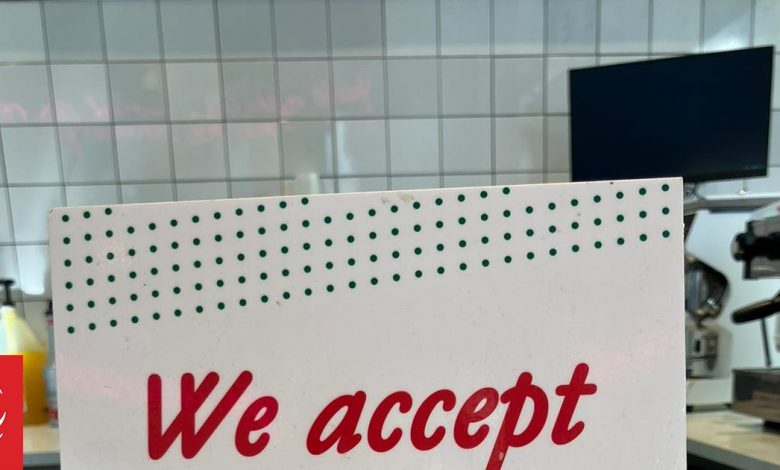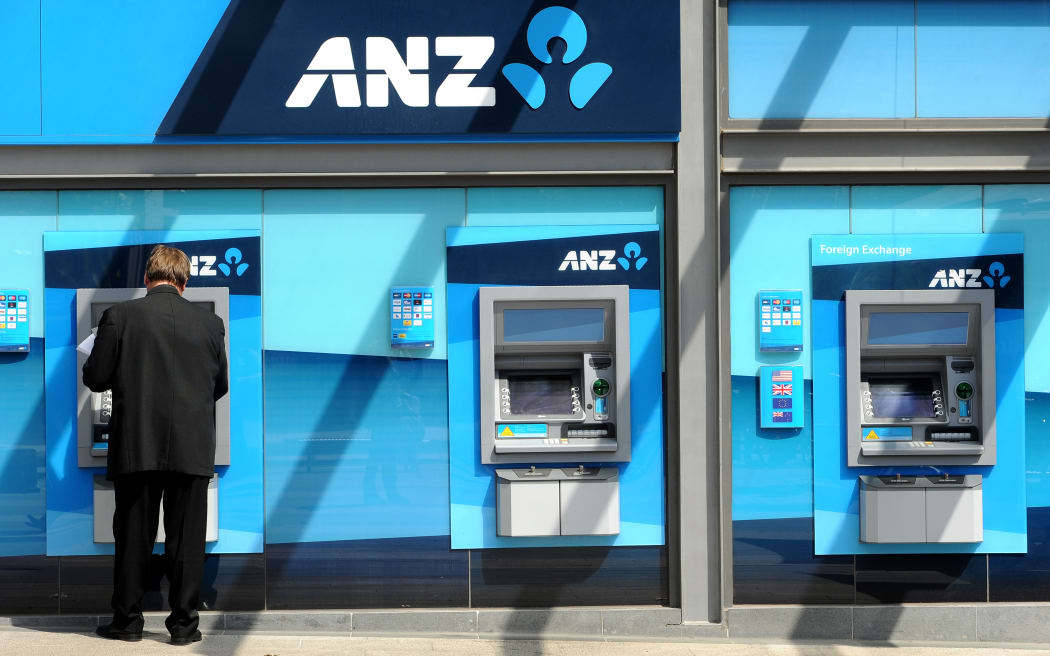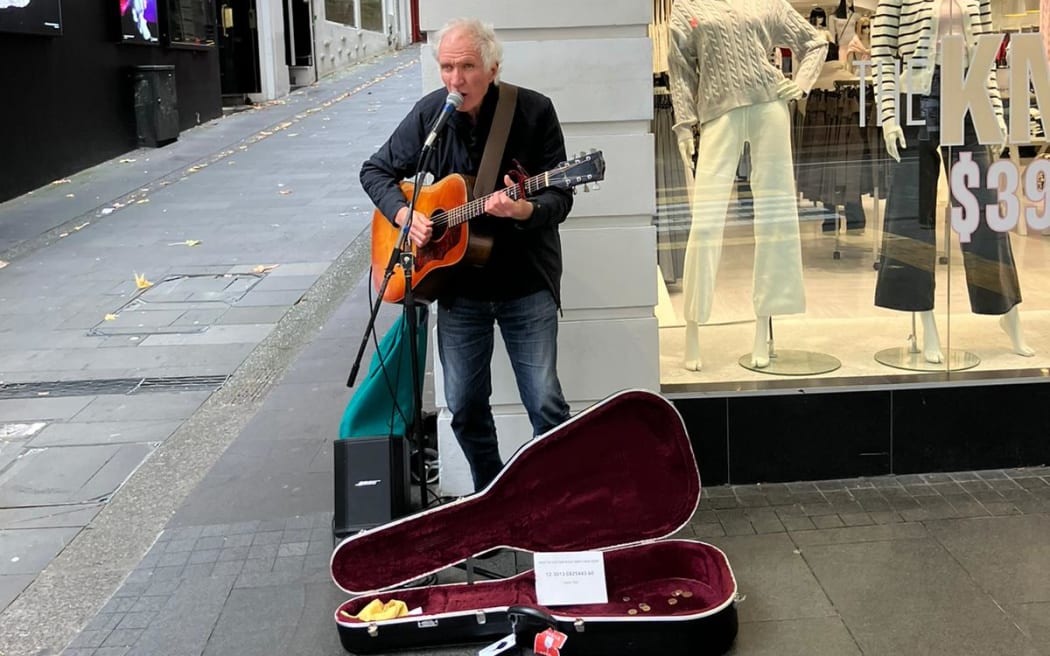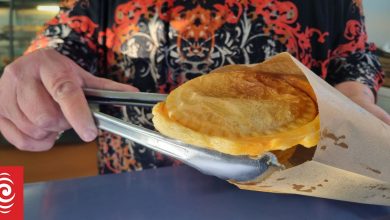Cash still king for many, despite push for card-only payments

In a world of Afterpay, tap and go and online shopping, cash is – surprisingly – still king.
Many said they still carry notes and coins in their wallets, and the amount of cash in circulation has almost doubled in the past 10 years.
On Auckland’s Queen Street, long-time busker Mark Laurent has a sign with his bank account details, for those who want to contribute but have no cash.
However, very few people paid that way, he told First Up.
“I’ve been surprised how much cash people still have, actually, because I don’t use it anymore.”
One person spoken to by RNZ said they carried cash they received in tips from working in a restaurant, while another said her mum often gave her cash.
But a third said it felt “flippant” to carry cash: “I don’t really like to keep it because then I tend to spend it and I’m trying to control my spending.”
Some said carrying notes and coins was essential in a natural disaster.
“I do love to have cash because I kind of feel secure,” one man told First Up.
“I was in Gisborne when the cyclones were happening and if you had cash you could buy things but otherwise there was no power, so you couldn’t even pay with Eftpos and you couldn’t even get cash out from the Eftpos machines, or ATMs for that matter.”
ANZ said fewer than 1 percent of banking transactions were now made in person.
For every 1000 transactions, 974 were digital, 20 at an ATM, four via the bank’s contact centre, and just one made inside a bank.
BNZ said it had 329 ATMs across New Zealand, half of the number in 2008, while Westpac had a third fewer ATMs than in 2018.

Despite that, Susan Guthrie from the Reserve Bank said New Zealand currently had $9 billion in cash.
“So that’s money that was issued, that is carried about in the street everyday,” she said.
“Compared to 10 years ago that’s almost double.”
She put the growth in physical cash largely down to inflation, and said the Reserve Bank had noticed a fork in the road in people’s use of it.
“Our latest stats show that those who depend on it, [who] withdraw cash a lot during the week and use it for spending, is actually growing a little, and at the other extreme, those who don’t use cash much are using it less and less.
“It’s almost like a bit of a twist in the market – some people really need it, some people don’t think they do, but everybody says they like the option of it so we’re committed to making it available.”

While some people were under the impression all businesses had to accept cash as a form of payment, Guthrie said that was not the case.
“You have to accept cash as a repayment for debt, but where they’ve got a sign up saying ‘hey we’re cashless, you can’t pay with cash’, then you’re contracted out of that option so you have to pay with something else. So that’s what the legal tender rules actually do.”
Krispy Kreme Chancery Square manager Des Diep said his store went cashless during the pandemic, when contactless payment was all the rage.
Nowadays, it was used as a security measure, to try to cut down on the risk of ramraids and robberies, rather than a health precaution.
“Having a sign that says ‘we don’t have cash on the premises’ is sort of a deterrent in itself.”
About one in every 50 customers would come in with cash and no alternative way to pay, he said.
“[But] I’d say one in 20 or 30 would come in with cash and then they’d just whip out their card, everything’s all good.”
According to the news on Radio New Zealand




